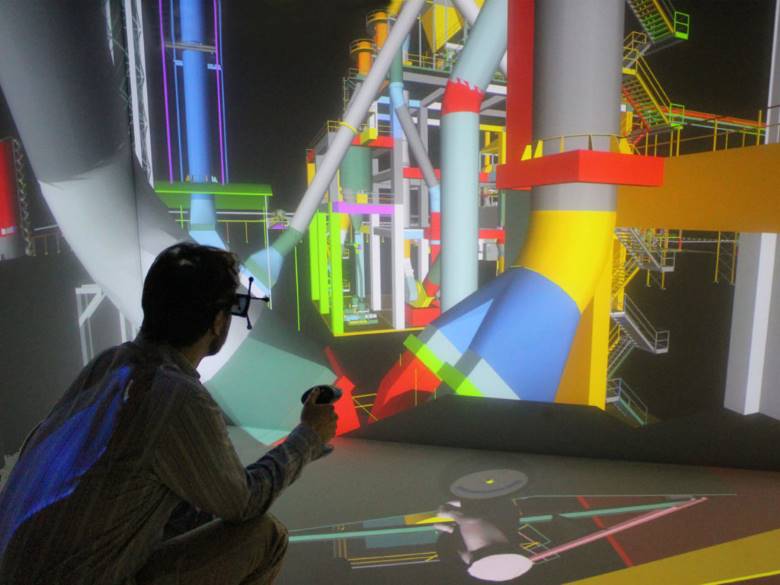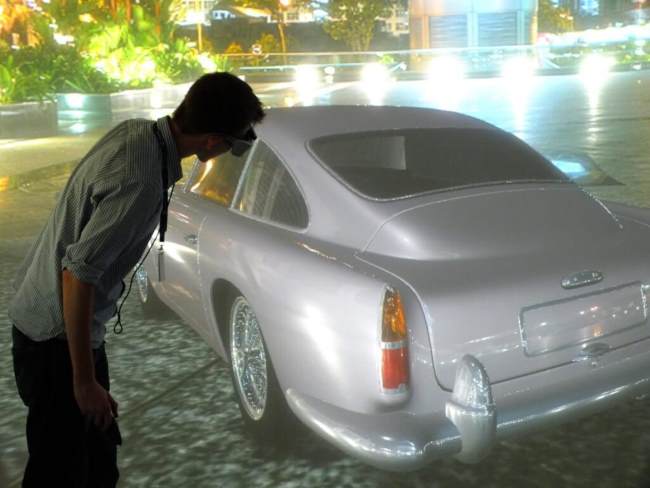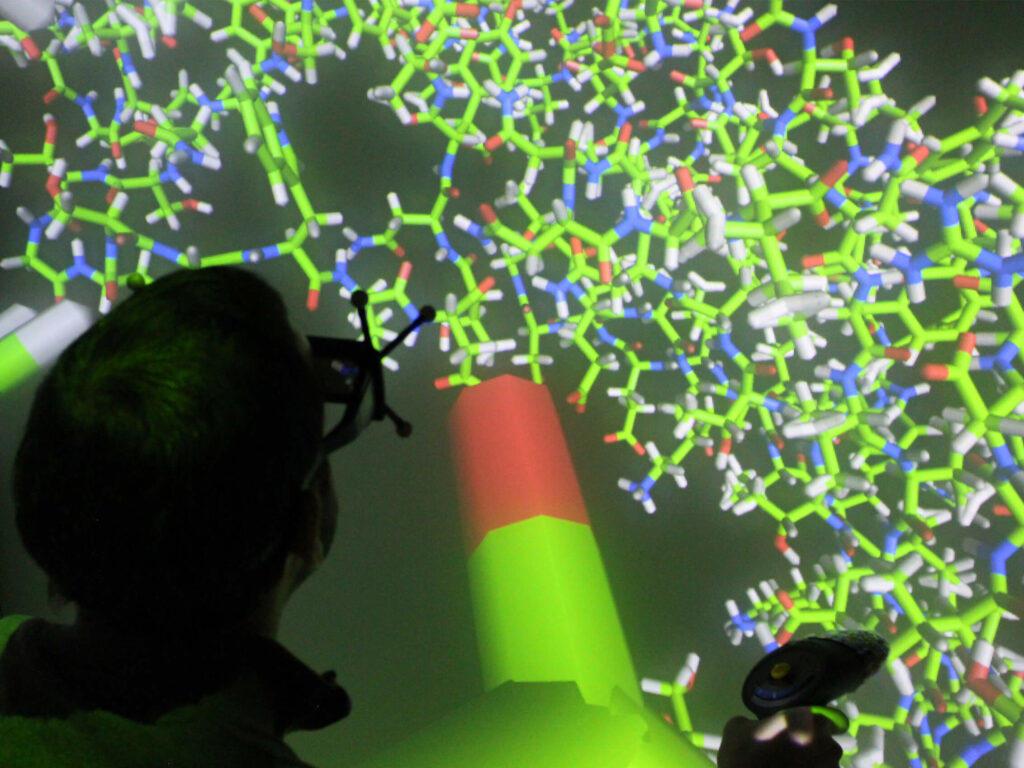

For several years, VR integration has been a turning point for companies seeking to save time while increasing the quality of their product/service. TechViz offers the opportunity to add VR seamlessly into processes according to issues encountered by the different Industries.
There is a large number of application cases possible in the industrial environment. Starting from visiting a virtual building, to checking the dimensions of a product in a 1:1 scale by way of improving product’s presentation.
TechViz enables to visualize 3d data in VR in your industry: We are helping our customers optimizing their Product Lifecycle Management (PLM), customizing our solution to match with their issues, enhancing project reviews and risk assessment, delivering a unique, clear and easy immersive technology that will impact and improve your business by reducing costs, saving time and risks: this is what TechViz software brings to its customers from any industry. The perfect technological partner to optimize your business performance.
Discover below how to use VR in your industry and see how TechViz can boost your business
Virtually explore a complete product before it is actually built, correct potential design errors, validate ergonomics for workers’ postures and reduce time-to-market of assembly lines. Visualize an entire factory to improve the layout of an assembly line and bring virtual adjustments directly to your virtual model. Simulate operations on different machines to train your employees and decrease the margin of errors.

Working with virtual reality enables car manufacturers to get a better understanding of their clients’ needs and optimize safety requirements, design of the car, ergonomics, or anything else, before making the physical prototype. Spare money in design errors by visualizing a digital twin of your product before manufacturing an actual prototype. And save time by avoiding to start up again from step 1 of your process once you have detected an error.

Improve your customers’ experience by providing them with a fully immersive view of a future building, bridge or any other project. Visit your building before the construction work has even started, interact with your 3D data (from Delmia, Revit, Creo and more) during construction planning and identify potential design errors in real time.


With VR: Organize personal, safe and high quality training sessions, evaluate safety and risk probabilities during maintenance operations without physical presence on the plant, minimize costly project delays without disrupting the actual plant operations.

Virtual reality is a must in many sectors today, and education is one of them. Immerse students in a virtual classroom, galvanize lectures with a VR representation of the solar system or Rome’s Coliseum. In other words, enhance your teaching strategies, engage your students in their learning and support innovative breakthroughs with a fully immersive virtual reality experience.

Visualize and interact with aircraft CAD models, move elements, reach around obstacles, check on the flight deck ergonomics, on accessibility, on the assembly planning and gain a competitive advantage during the complete product engineering process (PEP) by providing a collaborative and interactive product experience, optimizing risks and safety standards.

With VR, enhance your design techniques and engineering processes designs thanks to the possibility to evaluate ship’s interiors virtually an remotely. Virtual reality enables you to get a better understanding of your ship model data. Including ergonomics, path planning inside the ship, visibility and maintenance operations.

Visualize and virtually explore the human body at the molecular level: visualize a protein structure, visualize a brain’s anatomy, present and promote research. Train surgeons to use new technologies such as robotic arms, make them practicing on a hard-to-handle situation. Enhance physiotherapy and pain management.

VR is ideal for defence applications such as simulating a danger situation while being in safe conditions in order to give experience to any military staff. Thus, building skills, providing an experience with added value in a lot of variable situation with lower equipment costs. Monitor weather patterns, simulate mission-critical training exercises (battlefield, vehicle or flight simulation, virtual boot camp) without encountering any risks.